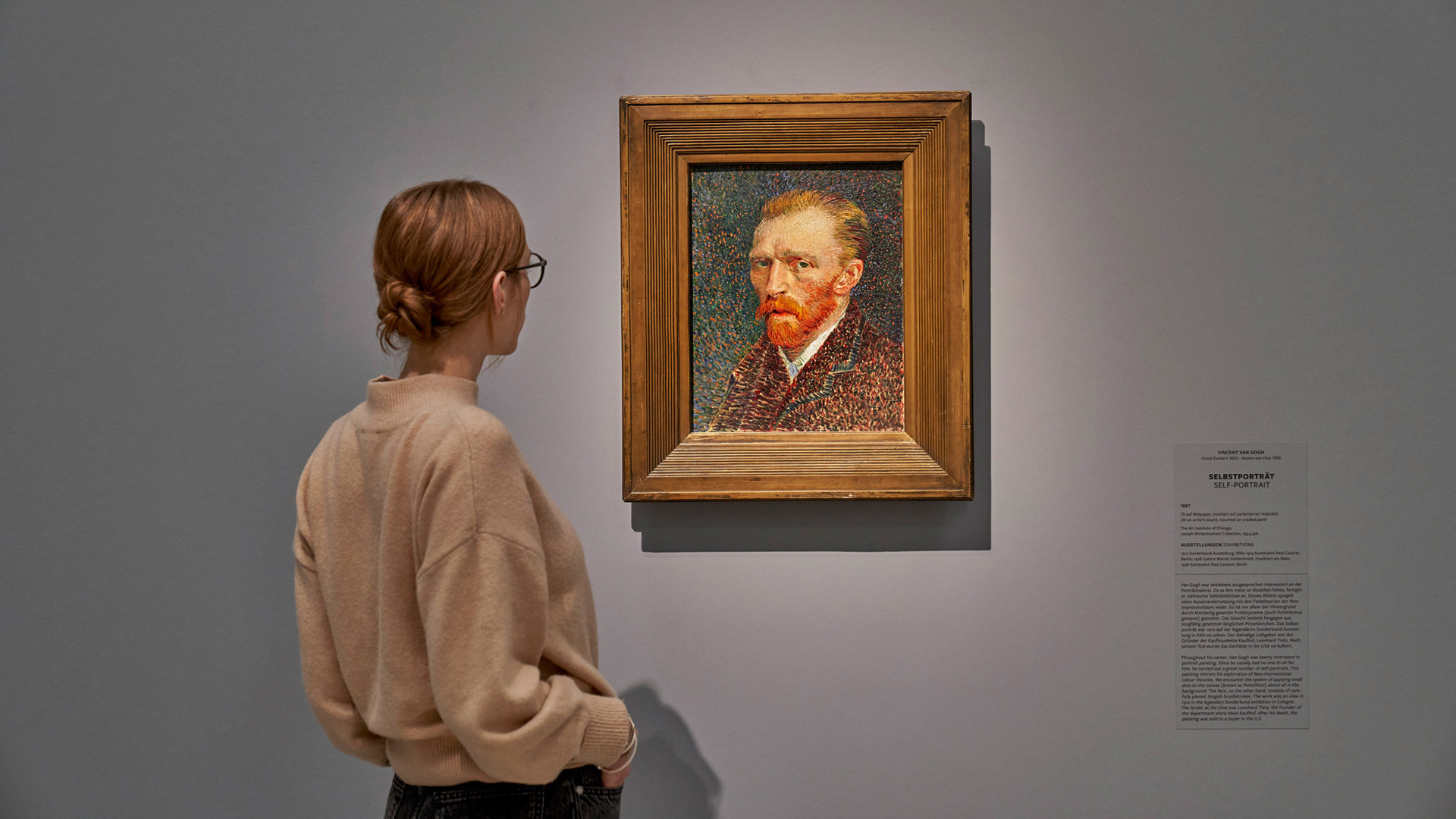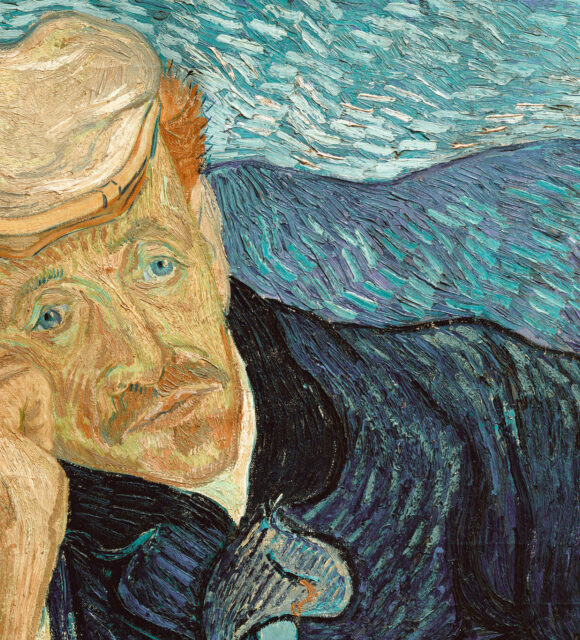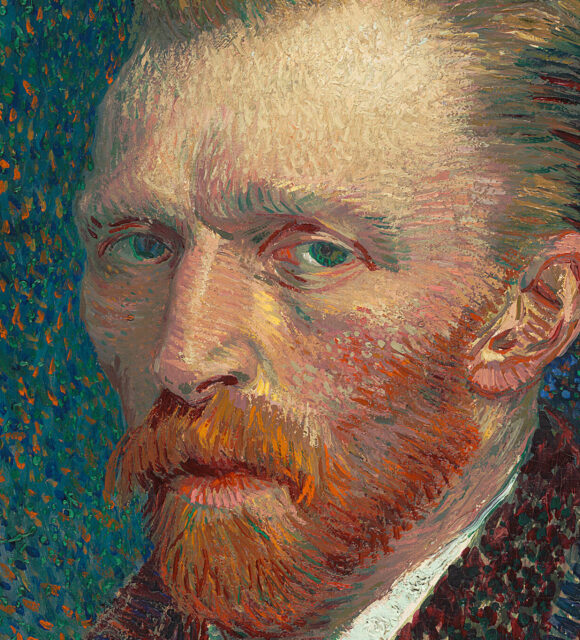About the Exhibition
MAKING VAN GOGH addressed the special role that gallery owners, museums, private collectors and art critics played in Germany in the early twentieth century for the posthumous reception of Van Gogh as the “father of modern art”. Just less than 15 years after his death, in this country Van Gogh was perceived as one of the most important precursor of modern painting. Van Gogh’s life and work attracted broad and lasting public interest. His art was collected in Germany unusually early. By 1914 there was an enormous number of works by Van Gogh, around 150 in total, in private and public German collections. At the same time, German artists began to vigorously examine his works. Van Gogh’s painting became a model and a substantial source of inspiration in particular for the young Expressionists. The emergence of modernism in Germany is hardly conceivable without his art.
In three comprehensive chapters, the exhibition dealt with the development and impact of the “legend of Van Gogh” in Germany. How did it come about that Van Gogh became so popular especially in Germany? Who championed his oeuvre, and how did artists respond to it? The exhibition presented Van Gogh as a pivotal figure for art of the German avant-garde. It made an important contribution to understand the development of art in Germany at the beginning of the twentieth century.
It united more than 120 paintings and works on paper. At the heart of the exhibition were 50 key works by Vincent van Gogh from all phases of his artistic work. 70 works by German artists exemplify Van Gogh’s influence and impact on the subsequent generation. These include works by well-known artists such as Max Beckmann, Ernst Ludwig Kirchner, Alexej von Jawlensky, Paula Modersohn-Becker or Gabriele Münter as well as by others whose artistic positions could be rediscovered, including Peter August Böckstiegel, Theo von Brockhusen, Heinrich Nauen or Elsa Tischner-von Durant. The exhibition was the most comprehensive presentation in Germany to include works by the painter for nearly 20 years.
Curators: Dr. Alexander Eiling (Head of Modern Art, Städel Museum) and Dr. Felix Krämer (General Director, Kunstpalast Düsseldorf)
Film

Digital Offers
Sponsors & Partners
Supported by
Franz Dieter und Michaela Kaldewei Kulturstiftung, Städelscher Museums-Verein e.V.
With additional support from
FAZIT-STIFTUNG
Media partners
Süddeutsche Zeitung, hr – Hessischer Rundfunk, ART Das Kunstmagazin
Marketing partners
Alnatura, Fraport AG, Tourismus+Congress GmbH Frankfurt am Main, Ströer Deutsche Städte Medien GmbH



